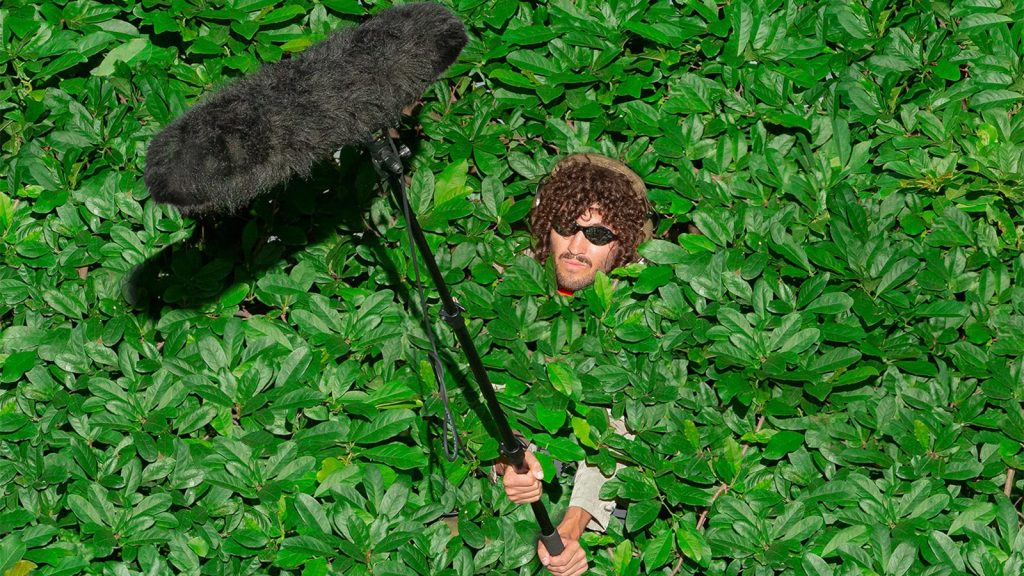“A Singular World”: The Museum Of Crypto Art’s Benoît Couty On Our Metaverse Futures
How do you see the metaverse right now?
Four main projects have a [crypto] business model: Decentraland, Sandbox, Somnium Space, and Cryptovoxels. In all four projects, you buy and own land and build your business, but each platform is very different. For instance, Decentraland is more corporate, whereas Sandbox is more gaming-oriented. Cryptovoxels is different from the others because it’s a plain white canvas: there are no aesthetics and you do whatever you want. This is nice for artists because they can express themselves better in [Cryptovoxels], whereas in Decentraland, there is already a landscape you cannot change.
How dslcollection And V-Art Are Carving Out A Space For Ukrainian Art In The Metaverse
How do you approach building in the metaverse?
What you have to create is an experience, not just to replicate the offline world. The word “experience” is very important. We always want to infuse our projects with two things: contemplation and gamification. When you go to a museum, you contemplate the art, but today, you have digital ways to do it. In a virtual museum, you can either walk or fly in; with gamification, you can also bring children into the space. The idea is never to recreate what is real in the metaverse, but to let your creativity flow and to make something very different.

“We like to think we have helped create the perfect music commons, where there is nobody sitting between the artist and fan.” Image: @baauer on Twitter
Meet Audius, The Spotify Of Web3 Bent On Revolutionizing The Music Industry
What, and why, needs disrupting in the music industry?
Audius doesn’t disrupt so much as it augments. Simply put, the network creates new revenue streams for artists. Those new revenue streams are targeted at the most highly-engaged sub-segment of an artist’s fanbase. Over time, we believe these streams will eclipse other sources of digital revenue. The current market dynamic in music is overly controlled by intermediaries — we believe Audius is the logical conclusion to fixing that. We like to think we have helped create the perfect music commons, where there is nobody (not even ourselves) sitting between the artist and fan.
“The Medium Is The Message”: How And Why The African Museum Of The Metaverse Builds
Why does the metaverse make for a good location for a museum?
It’s because you can offer these very different experiences and highlight different artists. You get to be more flexible: you can only have the Mona Lisa in one place, whereas you can have a NFT showing in four different worlds at the same time. The beauty of the metaverse is we could change the whole building tomorrow if we wanted to. Ultimately, it’s a more dynamic experience for attendees and artists alike, and that is something the traditional museums cannot replicate.
“There’s A Place For Art”: How Ben Davis Sees Today’s And Tomorrow’s Cultural Experiences
You’ve closely covered the NFT space since the medium exploded into cultural consciousness in 2021. A year on, how do you see NFTs?
Weirdly enough, there’s a connection between NFTs and immersive experiences. The whole Van Gogh Experience exploded when people were coming out of quarantine and it’s been very striking to me that what captured the audience’s imagination in that moment were these experiences that are about art, but not the art itself. You come out of a period where you’re stuck on the screen and then the first thing people want to do is go to a place to be with art that’s on a screen. There’s been a transformation of people’s relationship to the art object in a way where it’s much more free-flowing.



